We met a wonderful Englishman called Michael, who invited us to his house in the historical district that evening. We had a great time in his beautiful home-which had 3 levels of outside terrace overlooking the other buildings-drinking margaritas and eating the most wonderful shrimp pasta. Time flew by and before we knew it-we were wandering the streets of Mazatlan looking for a taxi at midnight (that`s really late for us!) When we got back to the campsite-the gates were locked and we had visions of having to scale the walls, until thankfully we managed to rouse the owner who let us in!
We met some great people on the campsite-in particular Marj and Dave (in their late 70s and early 80s) from Vancouver island, who were travelling in a small van with their cat and who had explored Mexico during their Winters for the last 39 years. Fi and Ken were a Brit and US combo-who had previously travelled extensively by bike, but were now in a ford camper. These two were great fun and we shared a lot of stories and laughs with them. We hope to see them again in Mexico, as we are all heading South. They are looking for somewhere to relocate either in North, Central or South America.
Gav did some checks underneath Ruby and found that the universal joint (UJ) was worn on the front prop shaft. He took the prop shaft off and we hopped in a taxi to a mechanics who used our spare parts to replace it for us.
After Mazatlan, we headed for the fishing village of San Blas. This was a stopover before heading into the mountains towards Guadalajara, however we also wanted to do a boat tour through the mangrove marshes to see birds, crocodiles and turtles. At the edge of town was a viewing point where tens of crocodiles, large and small, were taking a break and basking in the sunshine. We also found the embarkation point for the boat tours-which we arranged to do at 7am the following day. We camped beneath some coconut trees, taking care not to position the roof tent directly below the ripe coconuts. However, whilst Gav was cooking, I heard a big "thump "and a big Yorkshire voice say" bloody hell, I was nearly hit by a coconut"! We got up early from our campsite and drove to the meeting point for our boat trip, however no one was there! We waited half an hour and there was no sign of life, so we decided to move on rather than stay another night, particularly as this place was full of jejenes (tiny biting sand flies) which manage to bite you in numerous places, even though you are smothered in repellent!
We stopped for a night in the town of Tequila , known for its production of the famous spirit. Near the foot of the Tequila Volcano, the outskirts of town are dotted with fields of blue agave, the liquor's main ingredient. The production process can be observed at several distilleries in town, all of them offering tours and tastings. The popularity of the drink and the history behind it has made the town and the area surrounding it a World Heritage site. It was also named a "Pueblo Magico" (Magical Town) in 2003 by the Mexican federal government, because of its culture and historical interest. It was a lovely little town-with an attractive main square dominated by its beautiful stone church, where many people come to sit, eat or listen to music from the street performers. There are many cobblestone side streets and attractive stone buildings.
The Toltex Indians discovered tequila as a drink more than 200 years ago. Agave plants thrive in Tequila, where conditions such as altitude and climate are perfect for its growth. It takes the agave plant 8 to 10 years to mature and be ready for harvesting and distilling. Agave is harvested in the traditional way in a very labour intensive manner. The worker, called a jimador, uses a special tool, like a sharp, pointed shovel to remove the spikes from the agave and extract the heart of the plant. The heart of the plant, with the spines removed resembles a pineapple and is called a piña. To actually make the tequila, the green outer leaves are sliced off, leaving the large agave "pinas" or pineapples to be processed. The average worker can prepare only 200 plants a day because of the intense heat and the difficulty of the procedure. The white creamy core contains the juice necessary for the preparation of tequila. One plant can produce 5 bottles of tequila.
We went on a great tour at the Jose Cuervo distillery, called La Rojena. This is oldest distillery and the tour showed us the agave hearts being chopped up and taken to the ovens, the labs where the tequila is tested to be sure that it meets the factory's strict standards, and the barrels where the spirit is aged; up to one year for reposado tequila, up to five years for añejo and up to eight years for the special product. It was really interesting and peppered with small samples of various tequilas. We had also booked a private tasting for the end of the tour and headed into the tasting room with our guide. We know nothing about tasting-so were eager to learn, whilst trying desperately not to look out of our depth as we swilled the tequila around the bottom of the glass and sniffed it! We had 3 glasses of tequila to taste and then a special one which was very old and expensive! The 3 glasses contained: white tequila, which spends 15 days in stainless steel tanks before bottling; a rested tequila, left for at least 2 months in wooden barrels and an aged tequila which is left for at least a year in wooden barrels. By the time we got to glass 4-my memory fails me so I guess it was very old and very special!!
Well what a laugh we had! We first had to swish it around the bottom of the glass to see the colour and the body. Then we had to sniff it-both at the top and bottom of the glass. Finally we sipped it-holding it in our mouths for 3 seconds, inhaling, swallowing and then exhaling quickly, for the maximum taste. I (Jen) was trying very hard to appear cultured, so didn`t finish all the tequila in each glass, leaving some in the glass ,before moving on to the next. Very dignified. All was going well, or so I thought, until Gavin told me later that by glass 3 I had my chin in the glass whilst my nose was elsewhere sniffing into the thin air! By glass 4, I had decided not to leave a drop-knocked back the whole glass- before finishing Gavin`s and then going back to the previous 3 glasses and finishing off every drop!
We also saw some cultural dancers called Danza De Los Voladores (Dance of the flyers). The ritual consists of dance and the climbing of a 30-meter pole from which the dancers then launch themselves tied with ropes by their feet, descending to the ground, upside down whilst playing instruments! Brilliant!
Our next stop was Guadalajara, Mexico`s second largest city. We visited the city’s historic centre and its most obvious attractions, such as the twin-towered cathedral and the labyrinthine Mercado San Juan de Dios, Latin America’s largest indoor market. The stately Hospicio Cabanas,a former orphanage with fiery murals by Jose Clemente Orozco, is Unesco-listed and we were highly impressed by the artwork on the ceiling and walls. We spent an afternoon in the suburb of Tonala, sampling the delights of its weekly market. On the Sunday, we did a wonderful self guided walking tour which took us past lots of street art and parks, where people were undertaking all sorts of activities such as hula hooping, yoga, acrobatics, cycling, skipping etc. On Sundays, the major streets are closed for a period to cars and there are literally thousands of people cycling, jogging, skating, skateboarding or on scooters along the streets. They call it recreational Sunday and it was brilliant to wander among the local families who were so enjoying their day. We enjoyed a local specialty in Guadalajara -torta ahogada -a sandwich bathed in spicy sauce, filled with deep fried pork and fresh onions) and it was delicious!
Next we are heading towards Morelia and the butterfly sanctuary of El Rosario.
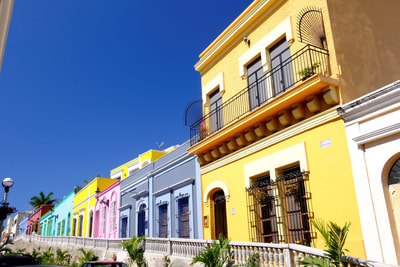
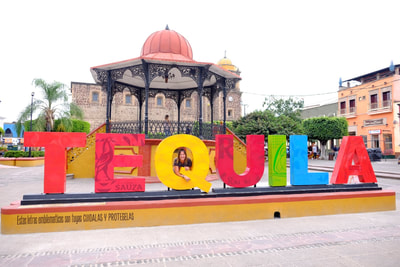
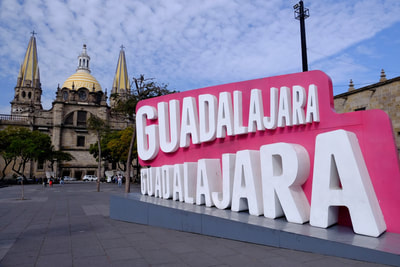
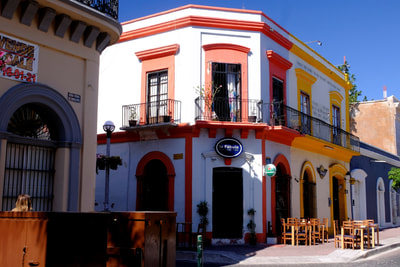
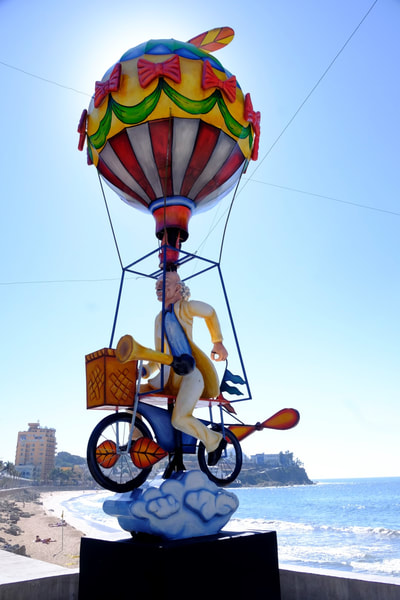
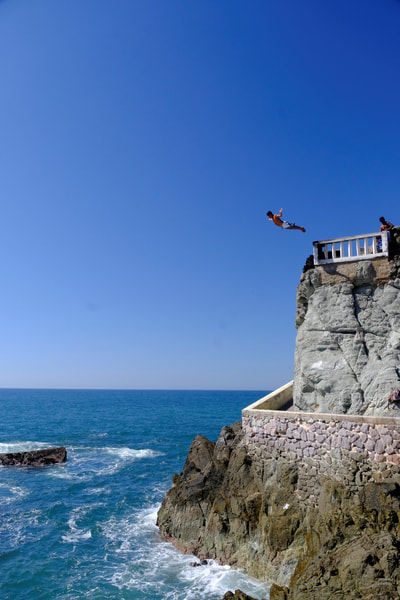
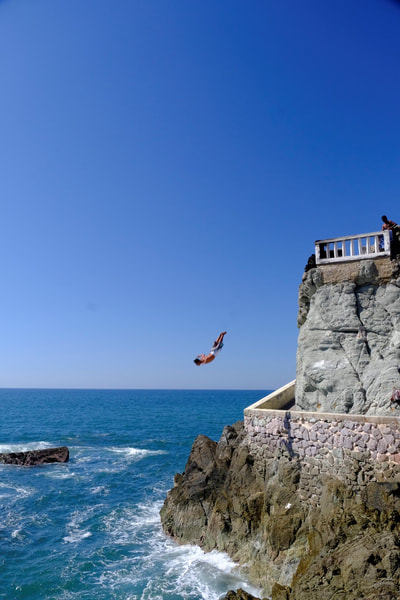
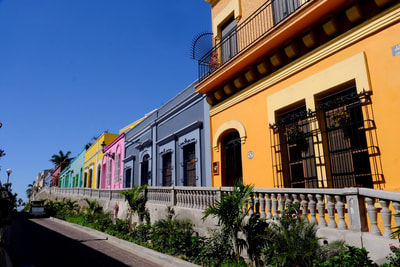
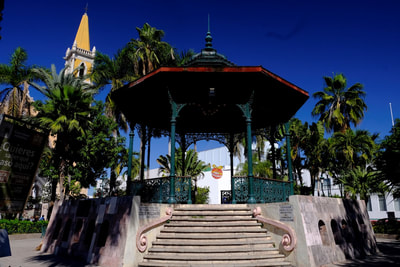
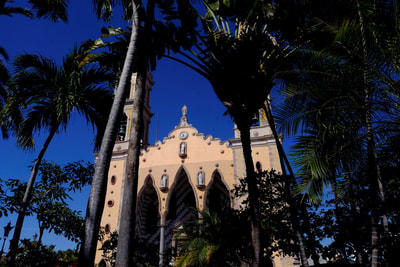
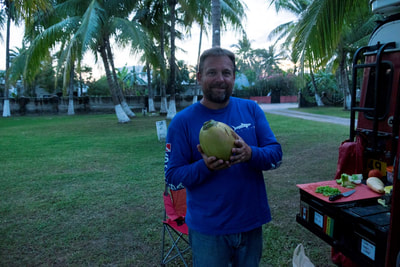
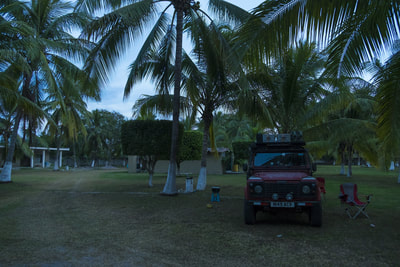
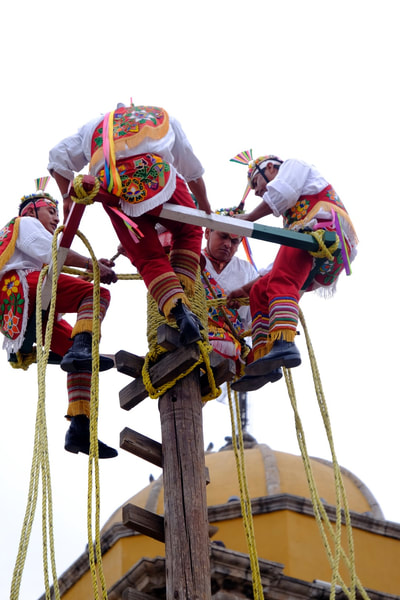
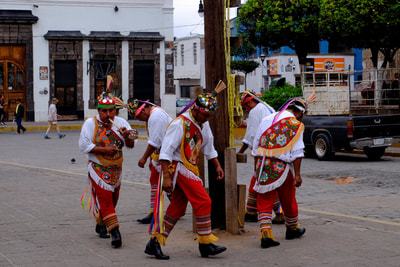
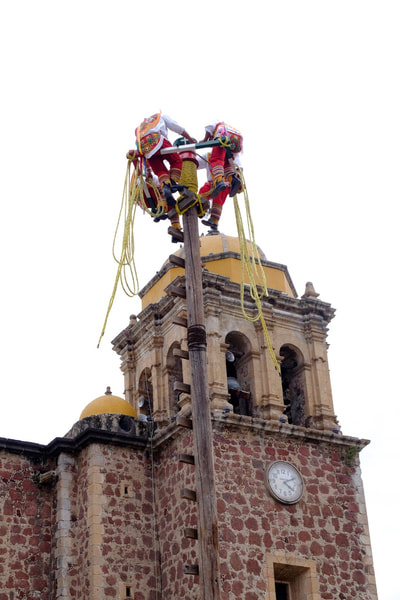
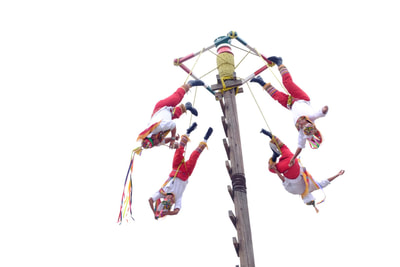
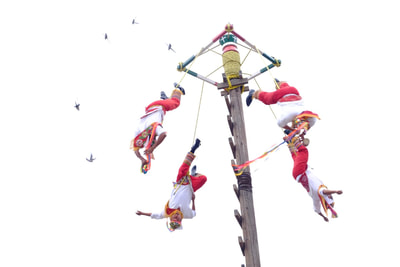
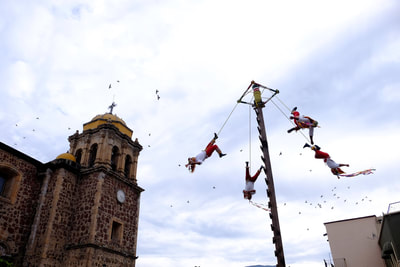
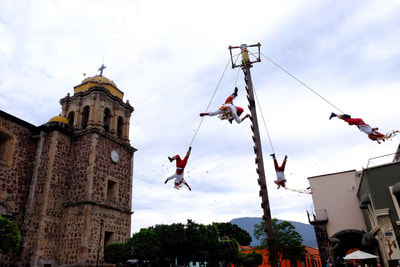

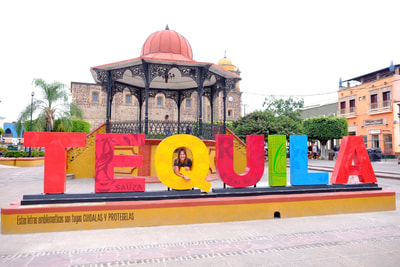
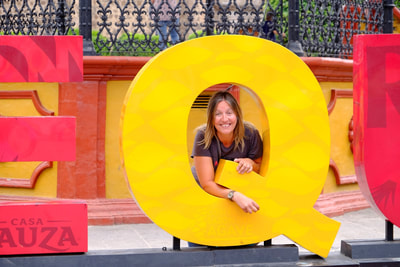
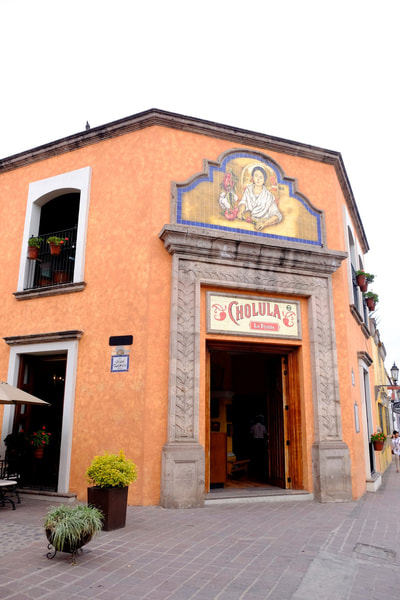
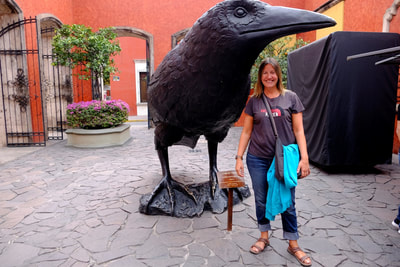
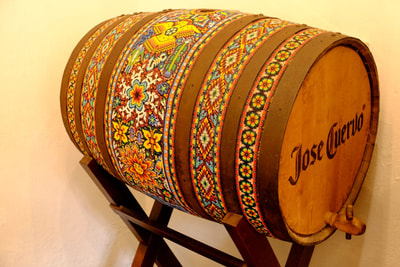
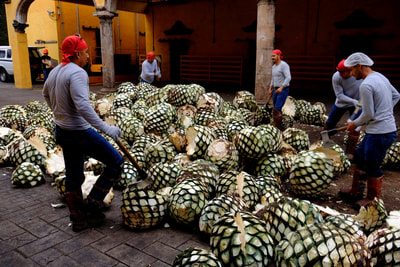
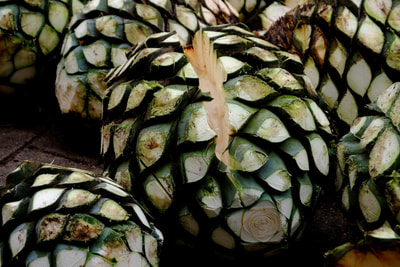
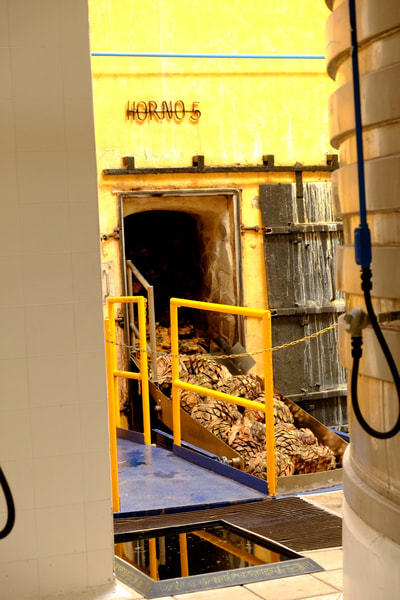
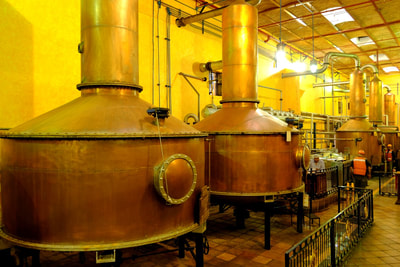
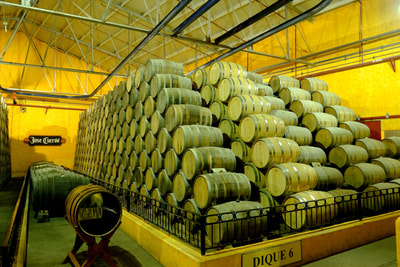
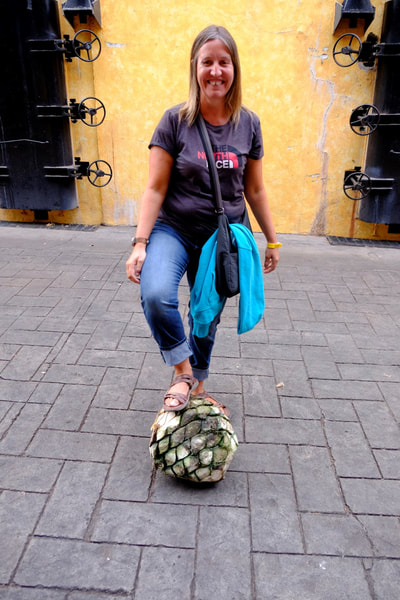
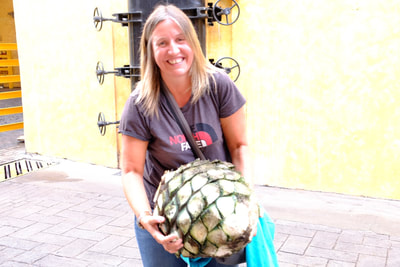
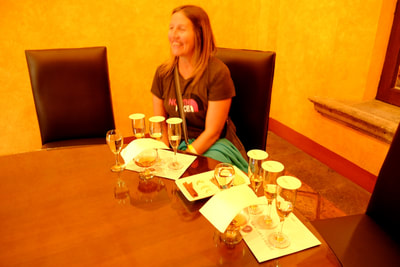
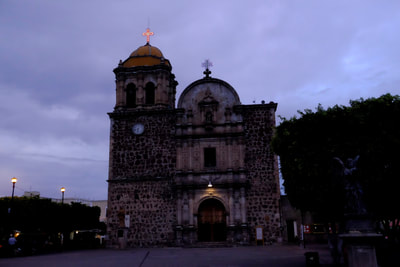
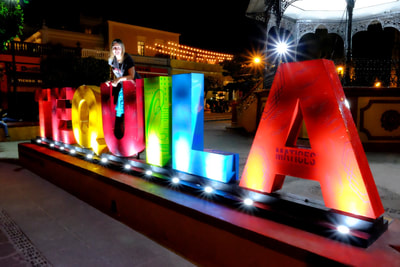
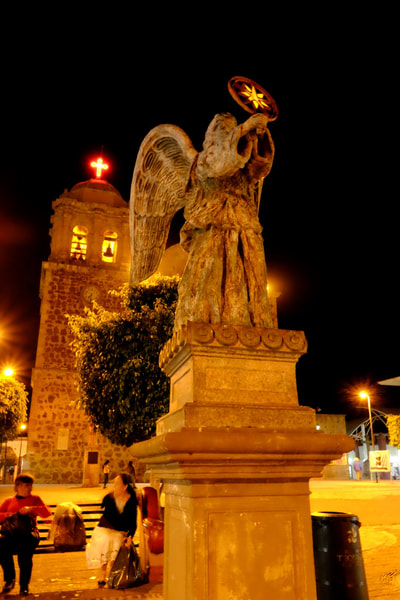
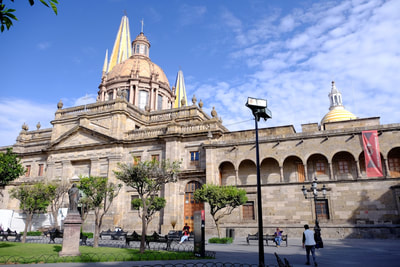
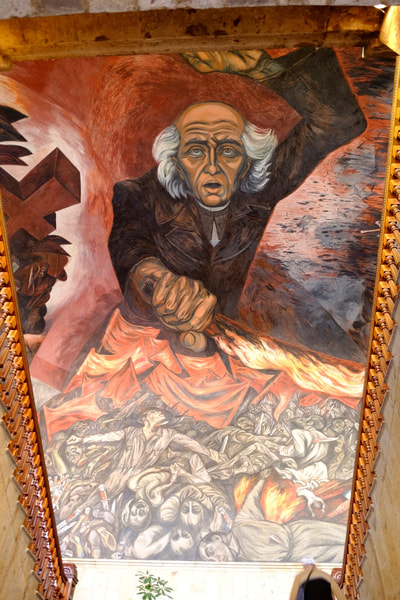
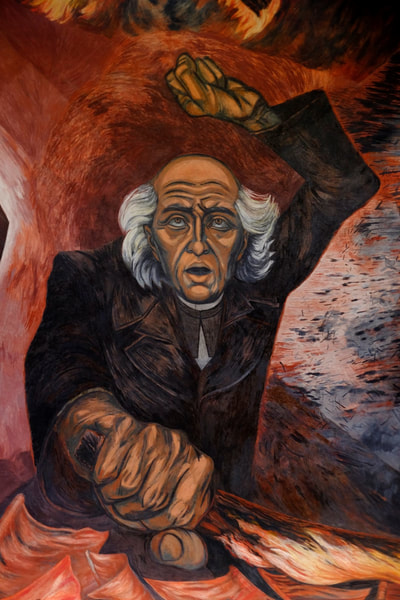
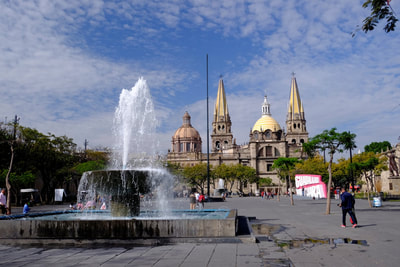
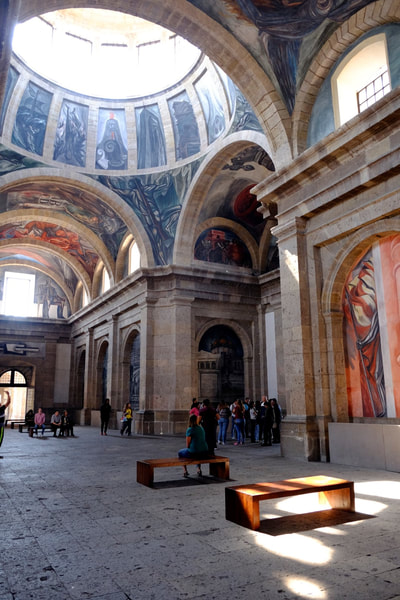
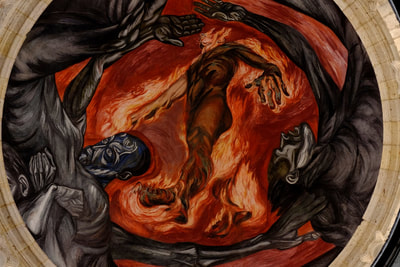
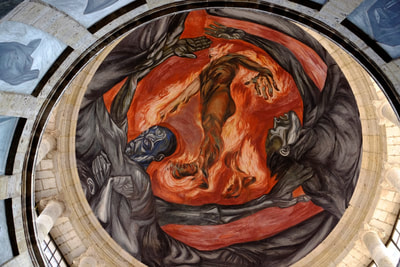
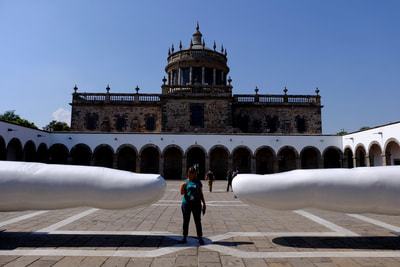
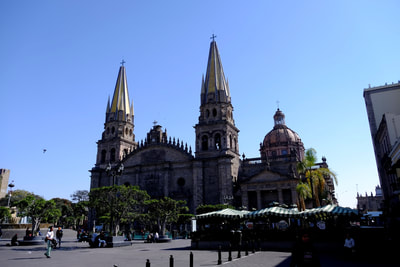
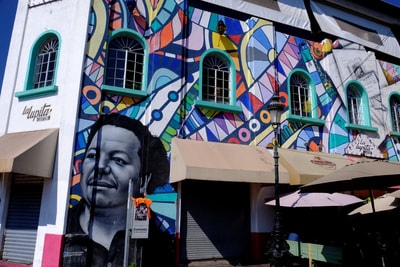
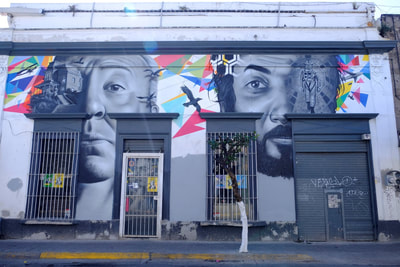
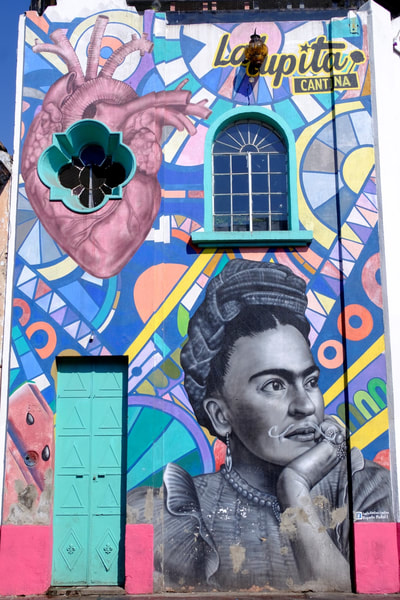
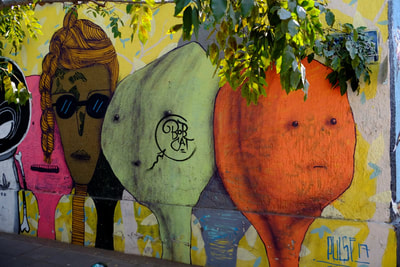
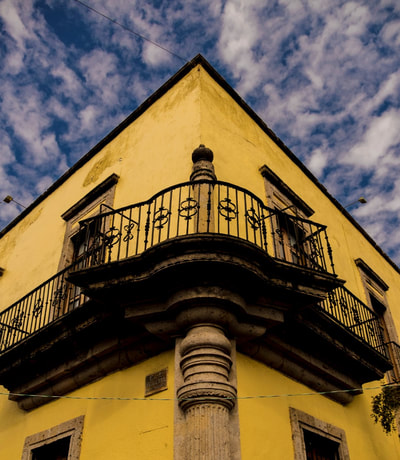
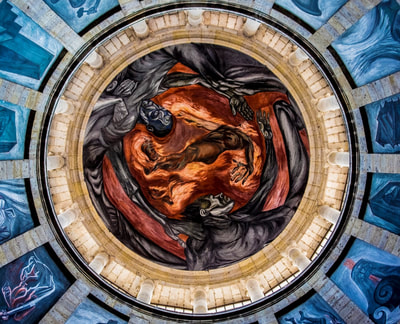
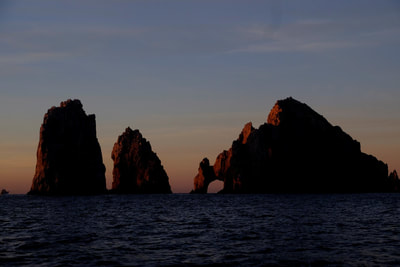
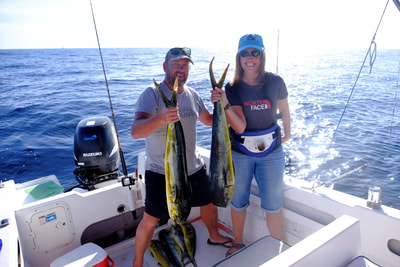
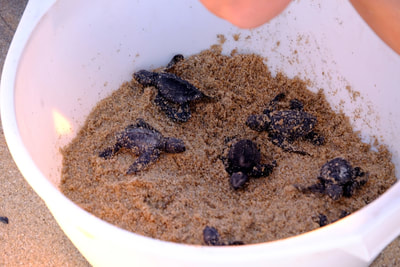
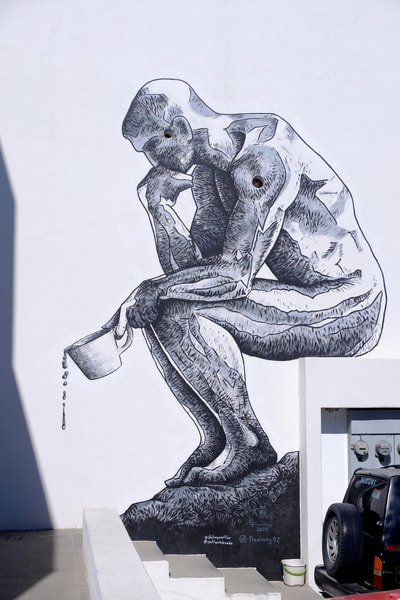
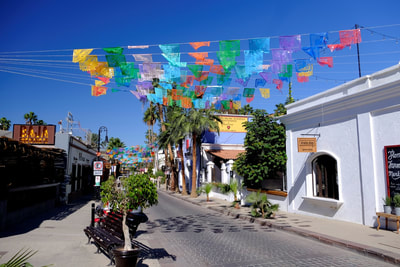
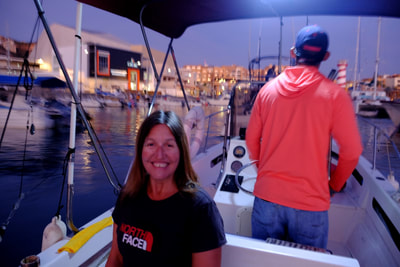
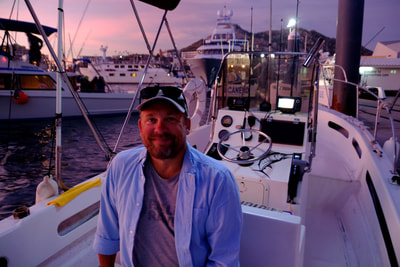
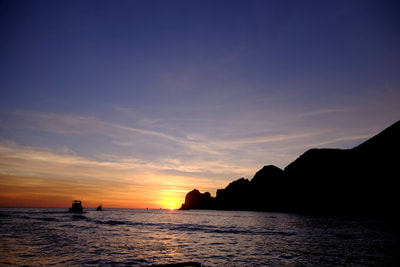
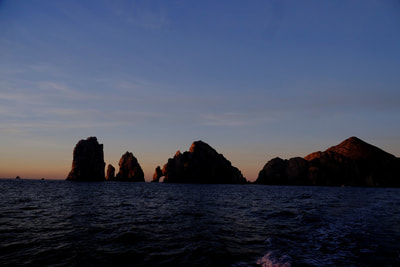
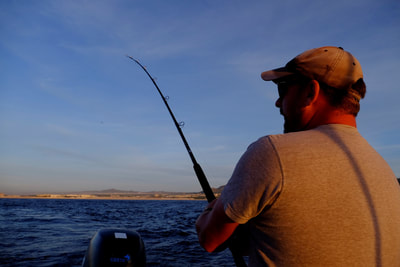
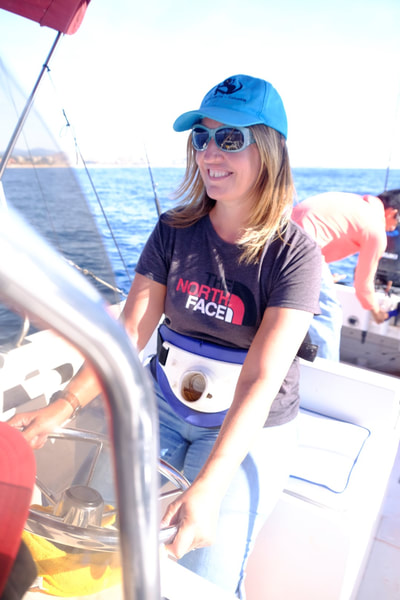
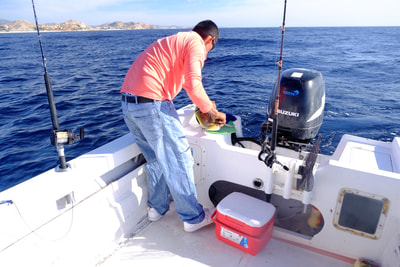
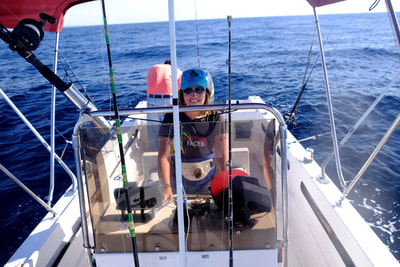
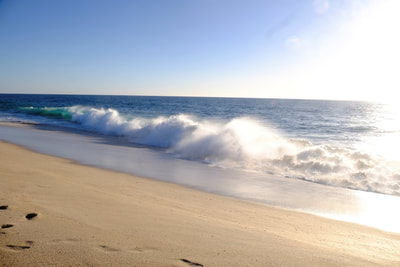
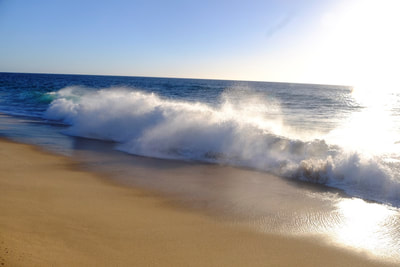
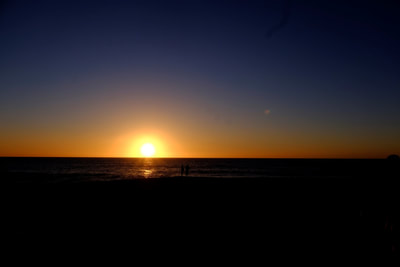

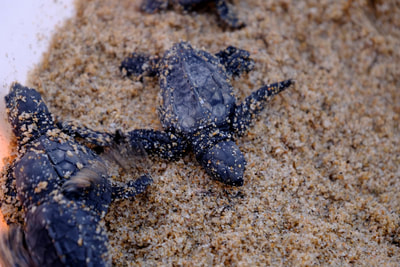
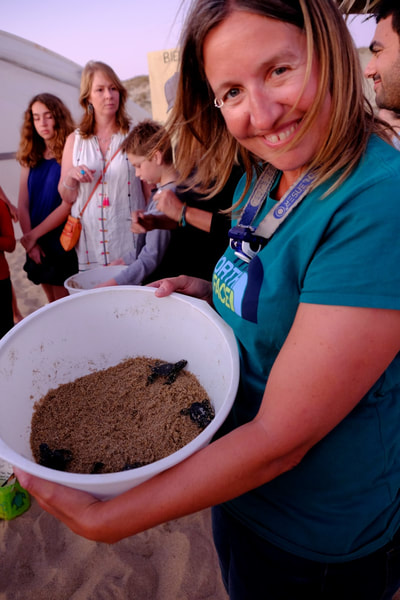
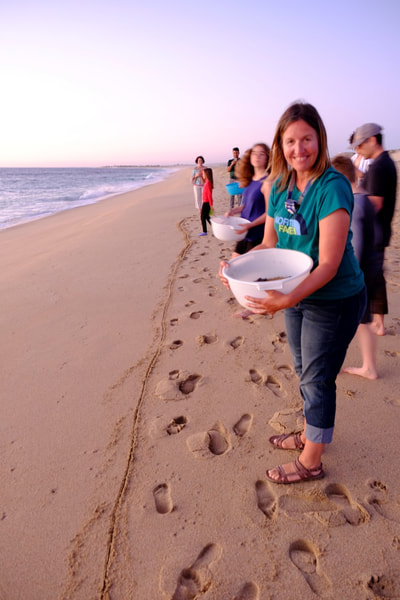
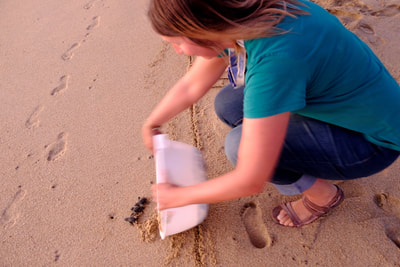
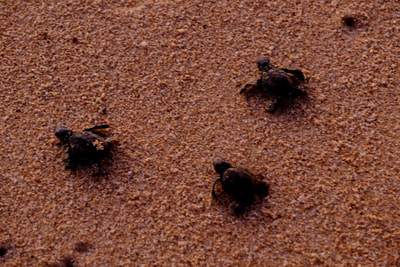
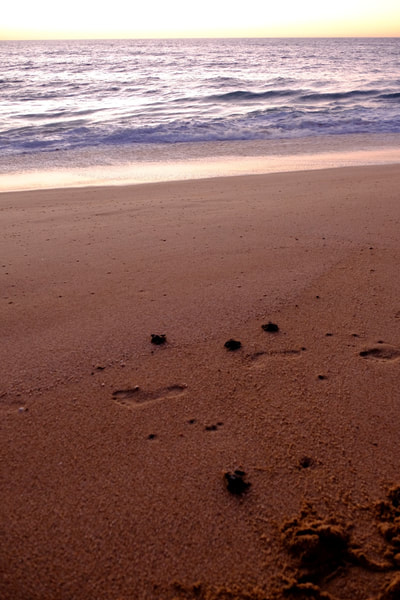
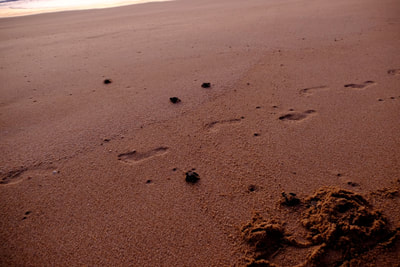
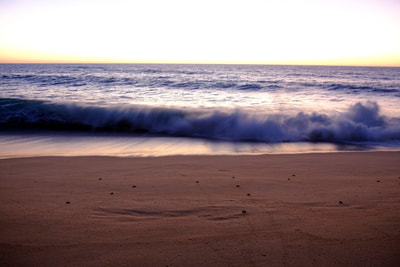
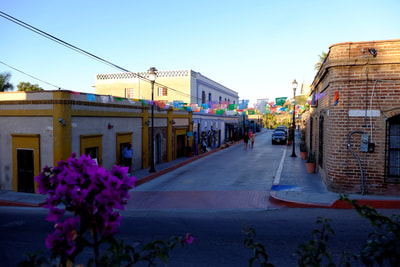
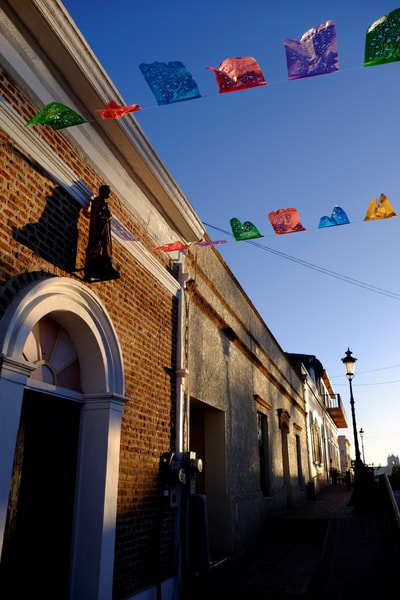
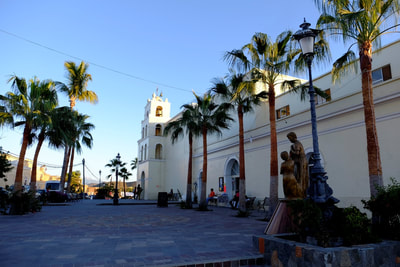


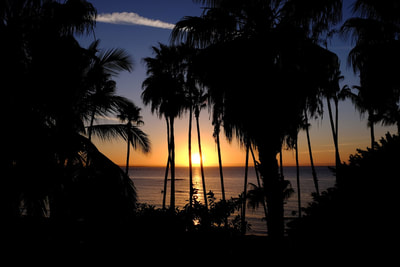
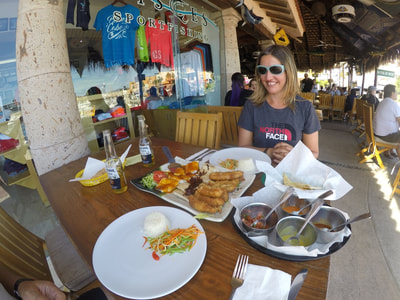
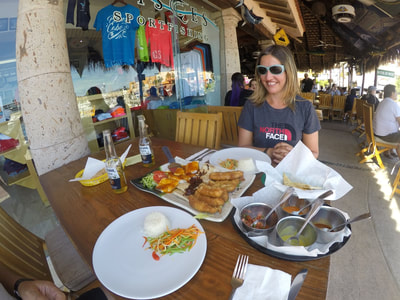
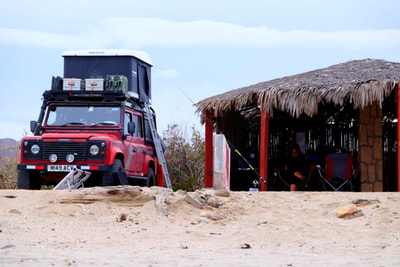
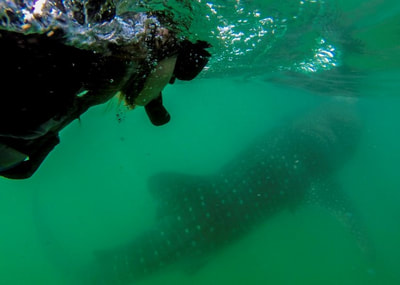
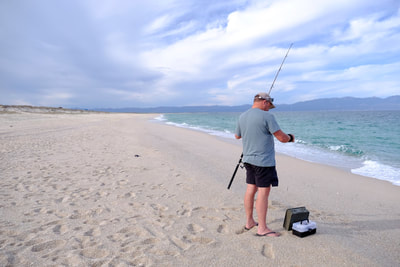
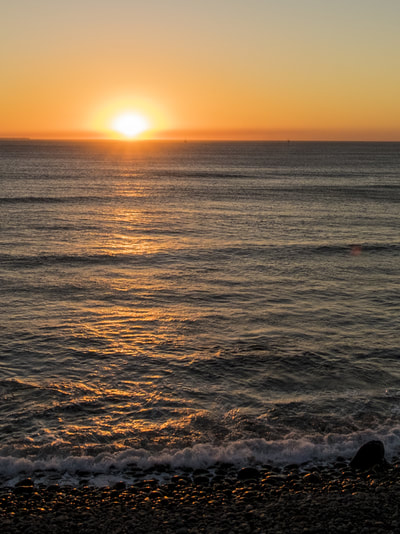
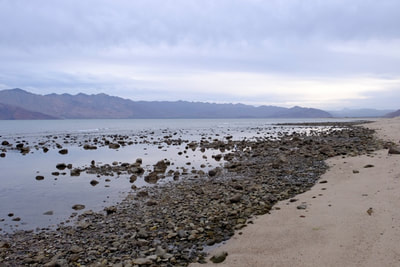
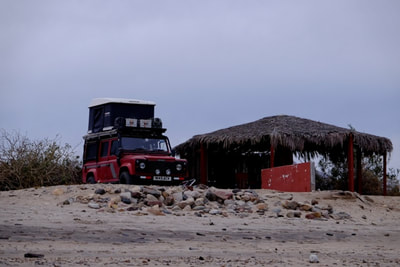
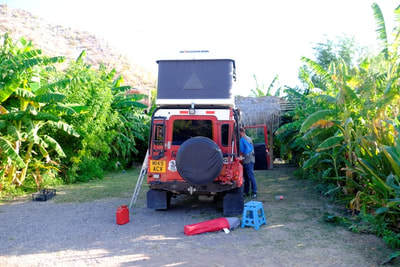
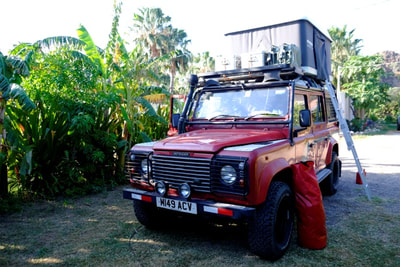
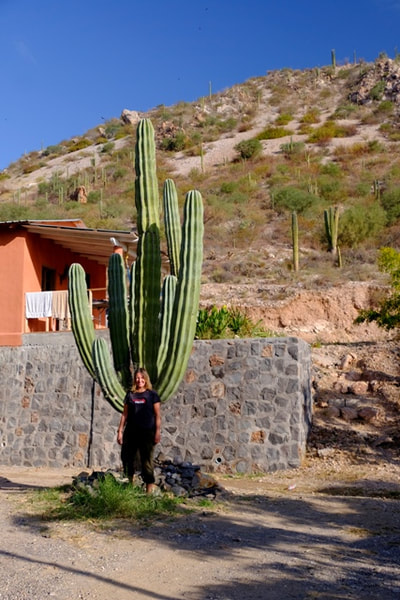
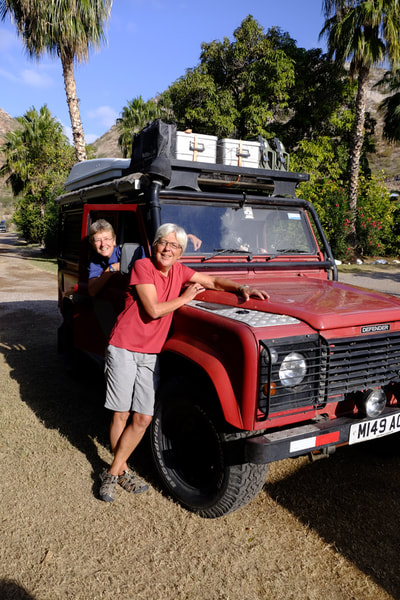
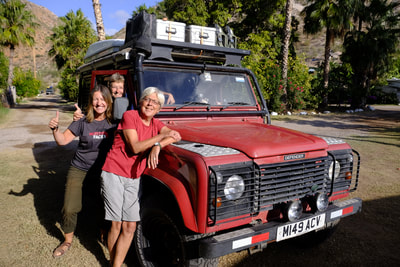
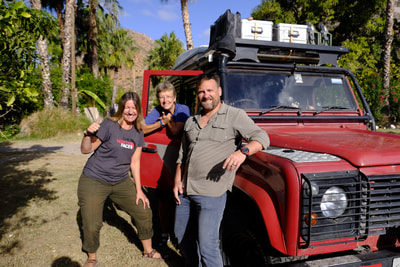
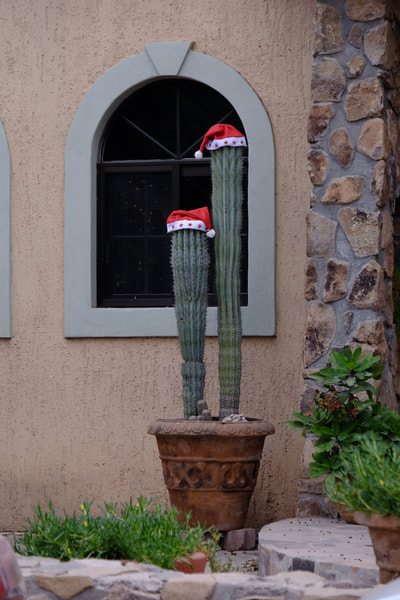
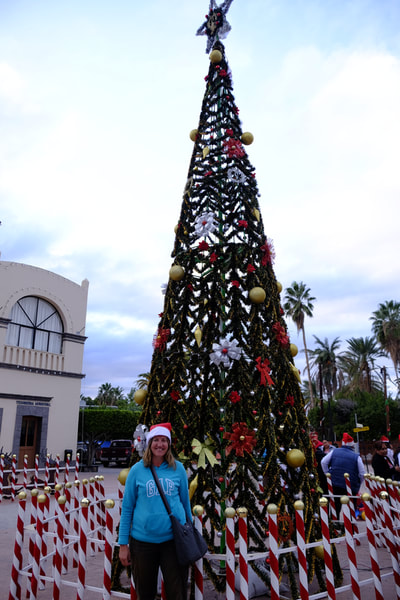
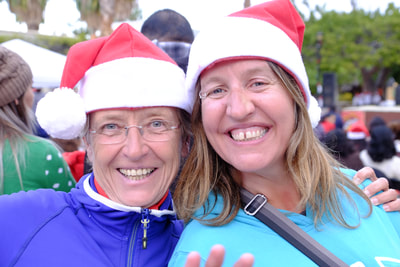
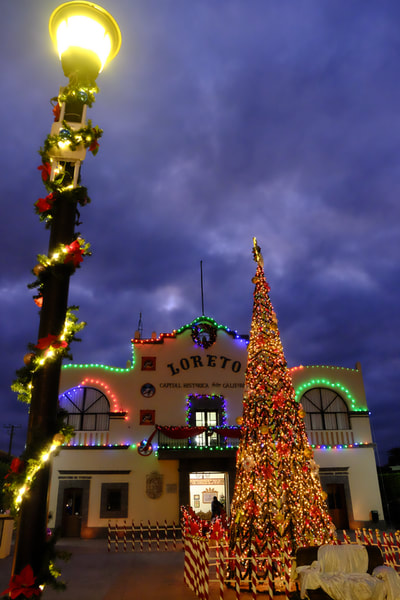
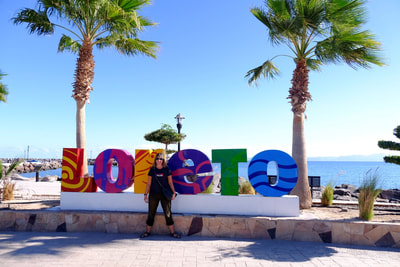
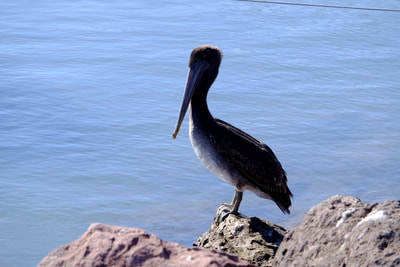
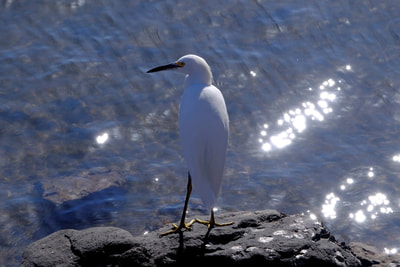
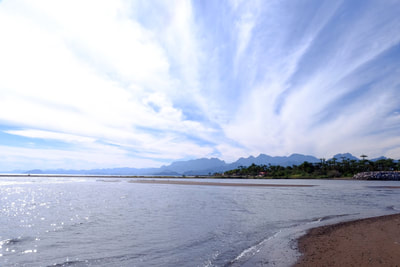
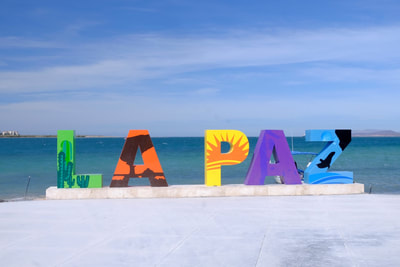
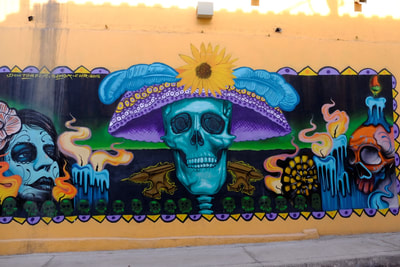
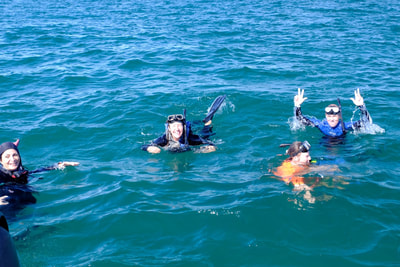
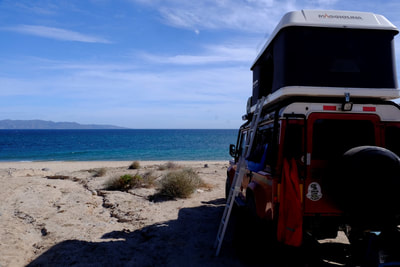
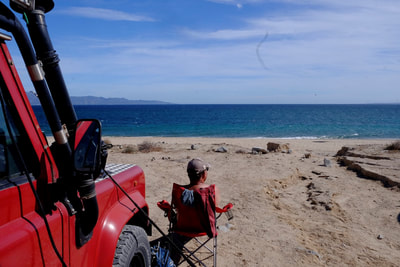
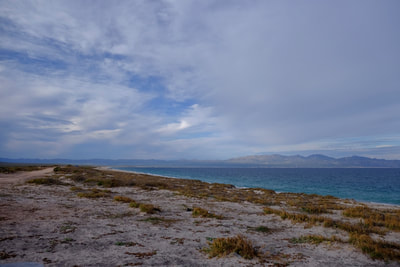
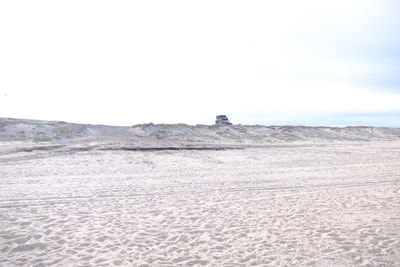
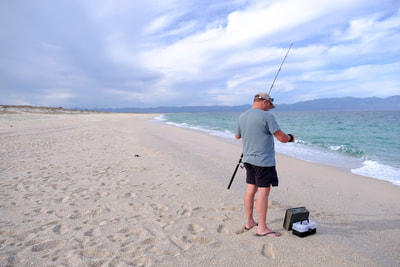
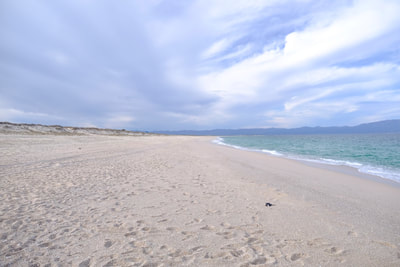
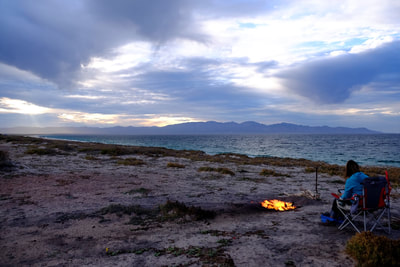
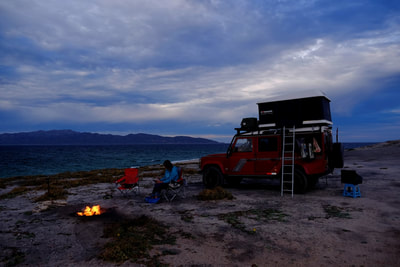
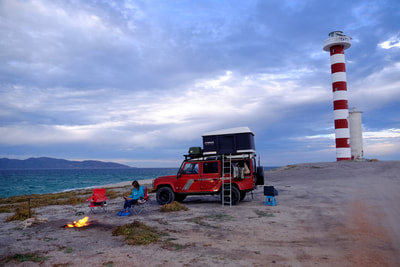
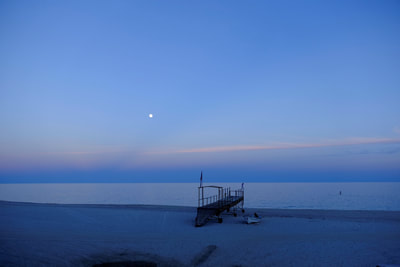
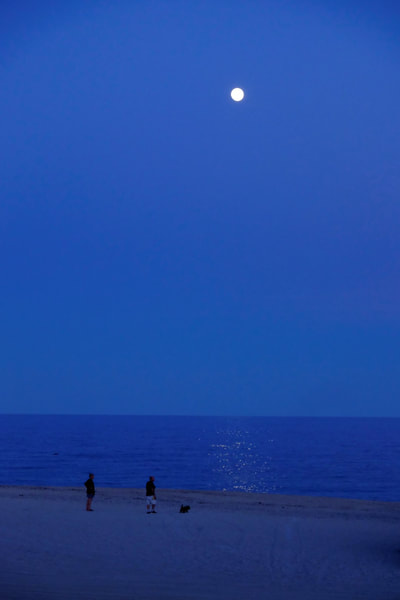
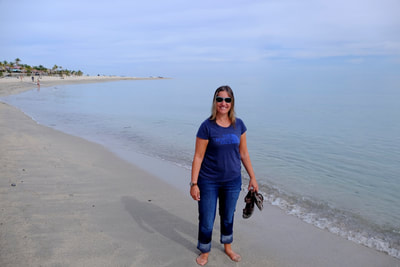
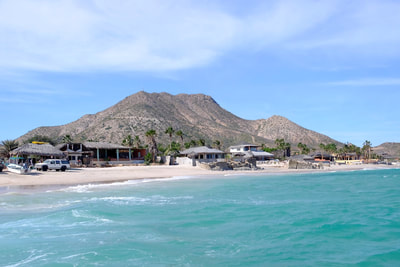
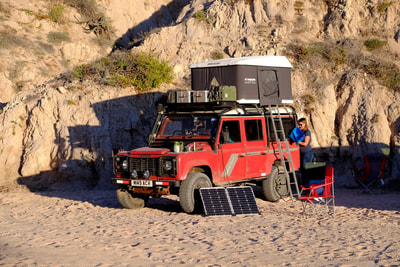
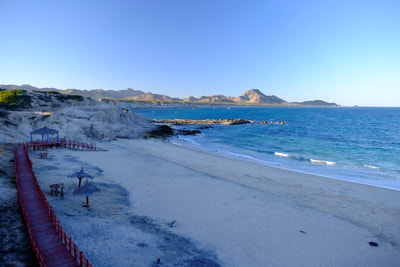
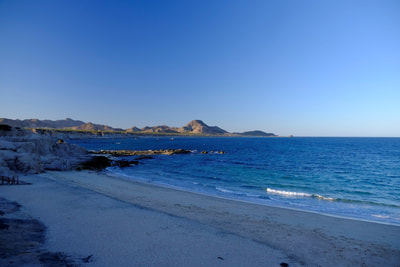
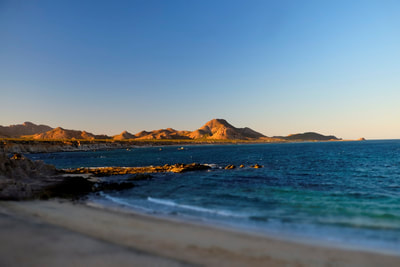
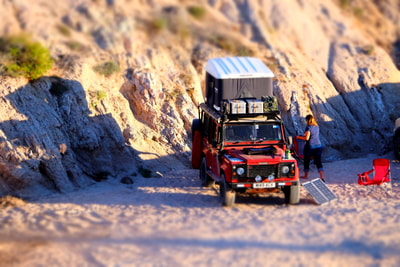
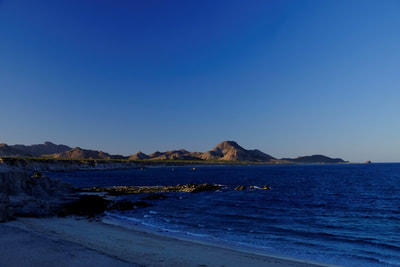
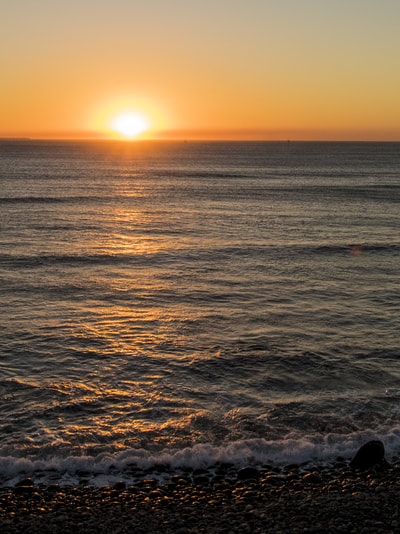
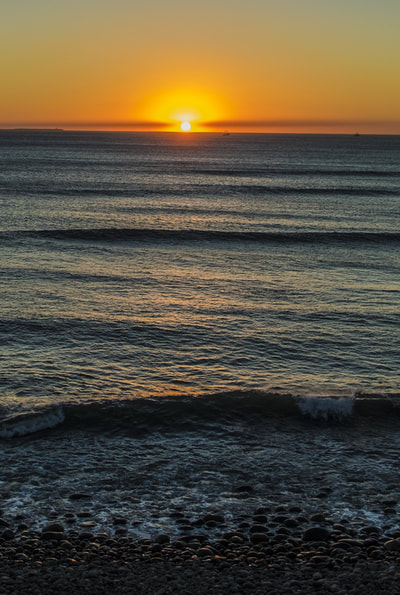
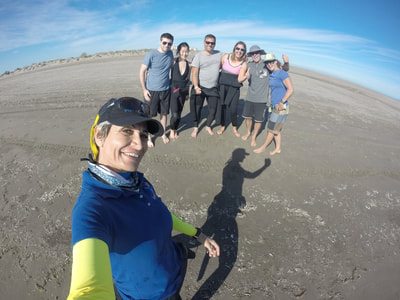
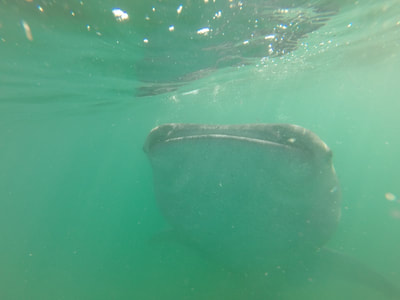
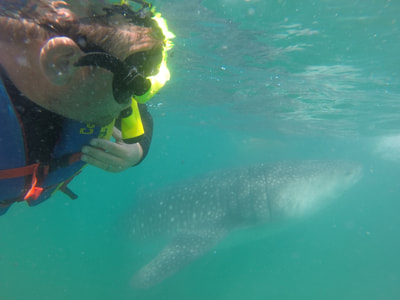
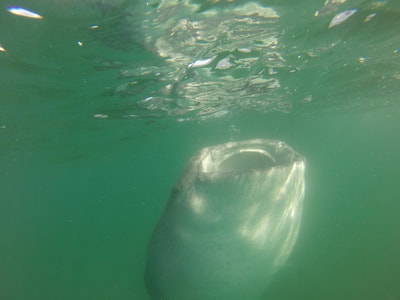
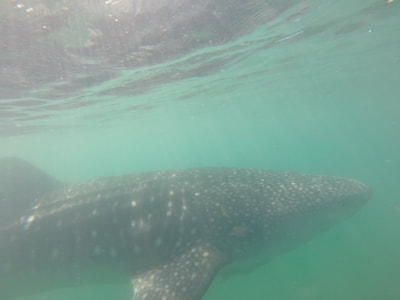
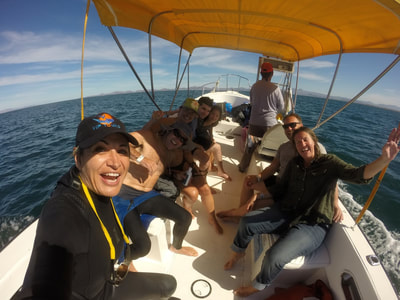
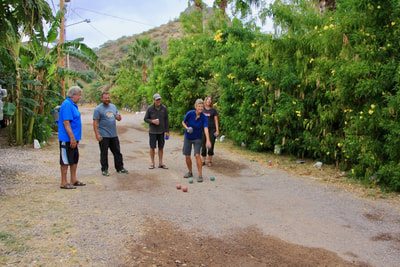
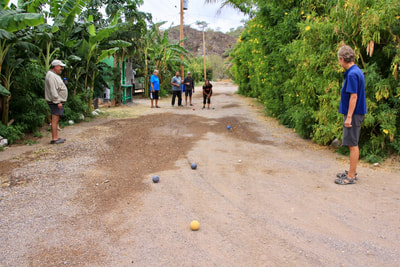
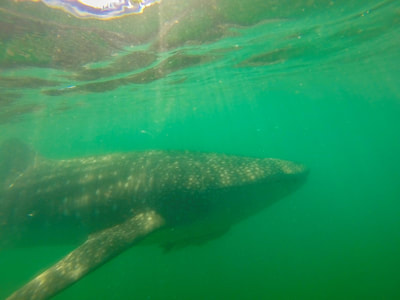
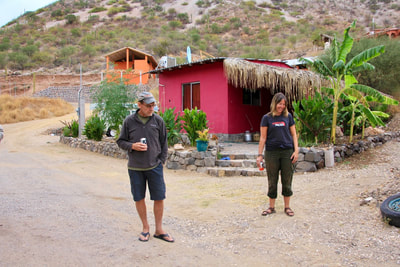
 RSS Feed
RSS Feed
